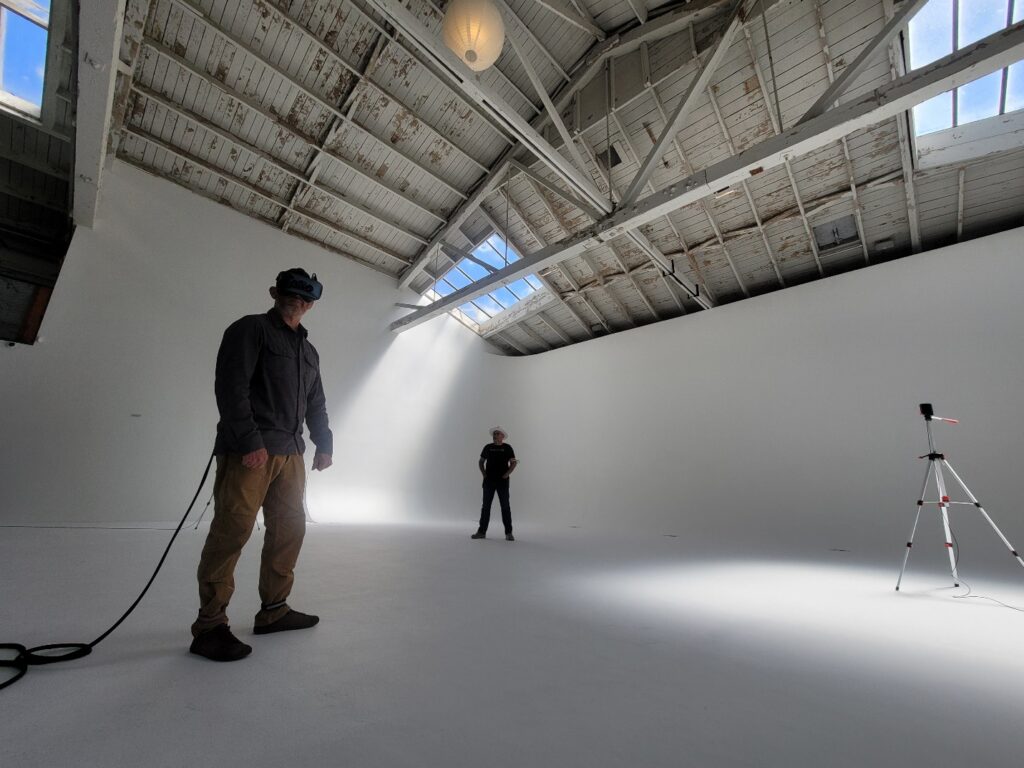Makes remote design collaboration more flexible.
By Ted Pollak
To understand the “why the world needs it” aspect of industrial XR, one really needs to experience it. I have talked to many people who say it’s not even necessary and all its functionality can be experienced on a traditional display system. This is simply not true. To be able to see a product at eye level with massive resolution is a game-changer for designers, marketers, executives, and scores of others involved in product creation and sales.

With the reality that these people are often separated by huge distances, one challenge to remote collaboration is the need for high-end workstations to power the XR experience in every location in which the team resides. Varjo, a Finnish company founded in 2016 by former executives from Nokia and Microsoft, brought high-fidelity XR/VR to industrial design with their advanced headsets that incorporate “human eye resolution.” This feature of their headset creates a zone in the center of the field of view that incorporates eye tracking with foveated rendering, producing an industry-leading resolution of over 70 PPD (pixels-per-display).
Varjo has just released a service that increases the flexibility of remote collaboration. Called the “Varjo Reality Cloud,” the service is available to users of Autodesk VRED, a product that enables digital prototyping and simulation utilizing interactive GPU ray tracing.

Varjo Reality Cloud is a subscription service that eliminates the need for a high-power workstation at every collaborator’s location by rendering the product in the cloud streamed to end users through existing IT infrastructure. Of course, the best way to experience the renderings is to use the Varjo XR and VR headsets, but the service has the capability to enable almost any display or headset, vastly expanding the number of people who can participate in design and prototype evaluations meetings.
What do we think?
We think this is a step in the right direction and will accelerate the adoption of industrial XR/VR by greatly increasing the flexibility of remote design collaboration. This service also helps address current challenges with acquiring hardware in an environment of constrained manufacturing and supply chain backlogs.






